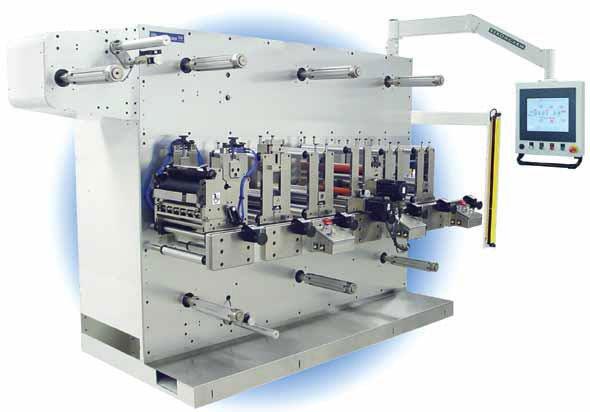A commercial die cutting service typically consists of several vital components that work together to produce precise and accurate cuts on a wide range of materials. These components include:
Material handling: The material handling component of a rotary die cutting service includes the storage, handling, and preparation of the material that will be cut. This component may consist of a conveyor system, a material feed mechanism, and a cutting table.
Die cutting press: The die cutting press is the main component of the service and is responsible for applying pressure to the die and material, cutting the material to the desired shape and size. There are various die cutting presses, including hydraulic, mechanical, and pneumatic presses.
Die: The die is the tool used to cut the material. It is a custom-made component designed to match the specific shape and size requirements of the customer’s project. The die is typically made of high-quality steel and is designed to withstand the high forces involved in the die cutting process.
Anvil roll: The anvil roll is a component that supports the material during the cutting process. It is typically located opposite the die and works in conjunction with the die to ensure that the material is cut accurately and cleanly.
Control system: The control system is responsible for controlling the operation of the die cutting press. It includes a range of electrical and mechanical components that regulate the pressure, speed, and direction of the press. The control system may also include a user interface that allows the operator to adjust and monitor the die cutting process.
Safety equipment: A commercial die cutting service also includes a range of safety equipment to ensure that the equipment is used safely and responsibly. This may include guards, interlocks, emergency stops, and other safety features.
A commercial die cutting service comprises several key components, including material handling, die cutting press, die, anvil roll, control system, and safety equipment. These components work together to produce precise and accurate cuts on various materials, allowing for multiple applications in many industries.
Related Reading
- Tips for Starting the Die Cutting Service Process
- How Rotary Die Cutting Services are Ideal for Manufacturing Problem Solving
- Benefits of Using Solid Dies Over Flexible Die
